
From 750,000 people in 1780, the Greater London area grew decade by decade to 3 million by 1860 (or from 7 Michigan stadiums of human beings to 28 full Michigan Stadiums).
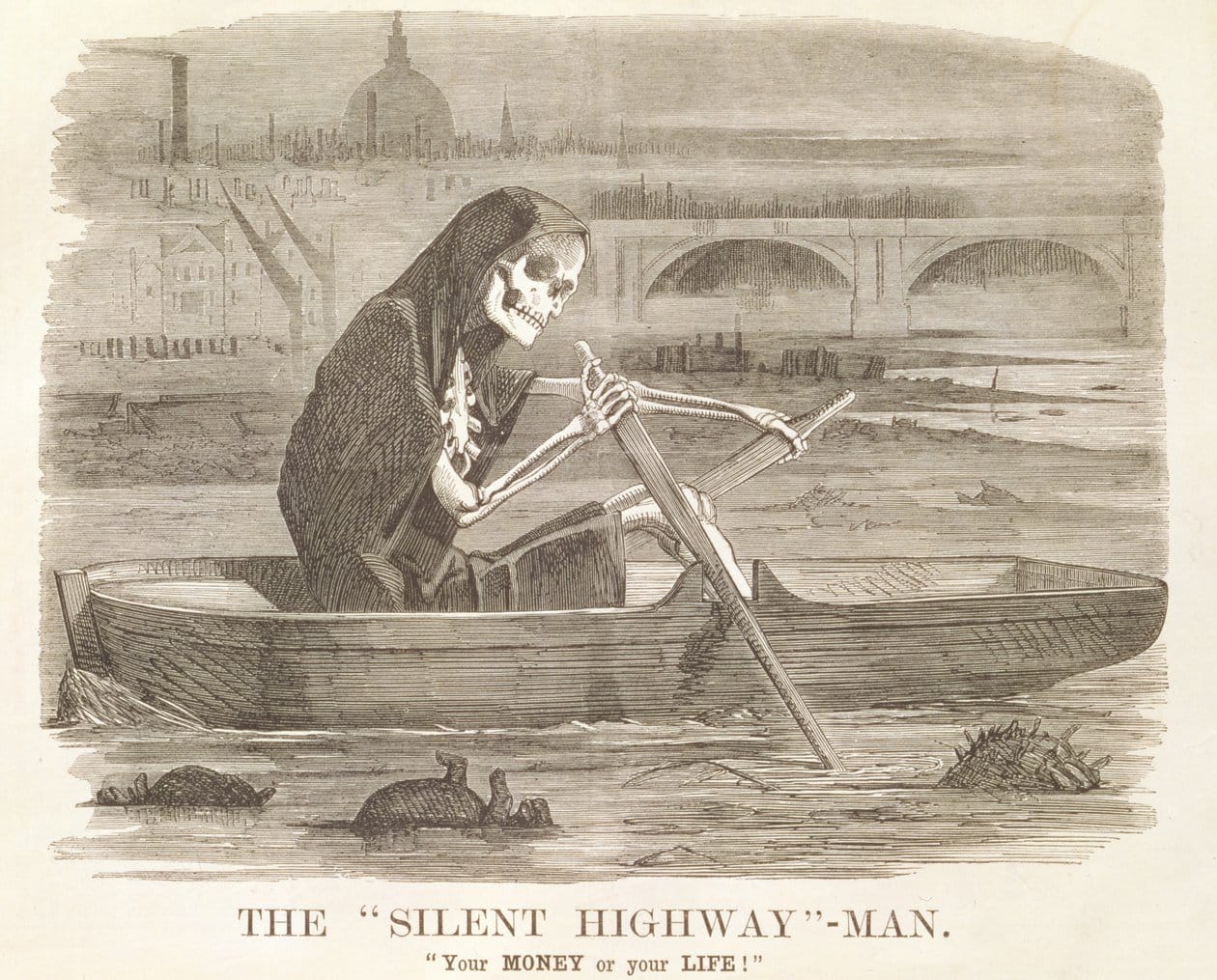
The problem with this was the absolute lack of sanitary sewer systems in London– the city could not handle the amount of poo the population was producing. The sewer began to run off into the Thames. For decades, sewage and waste poured into the river, slowly accumulating.
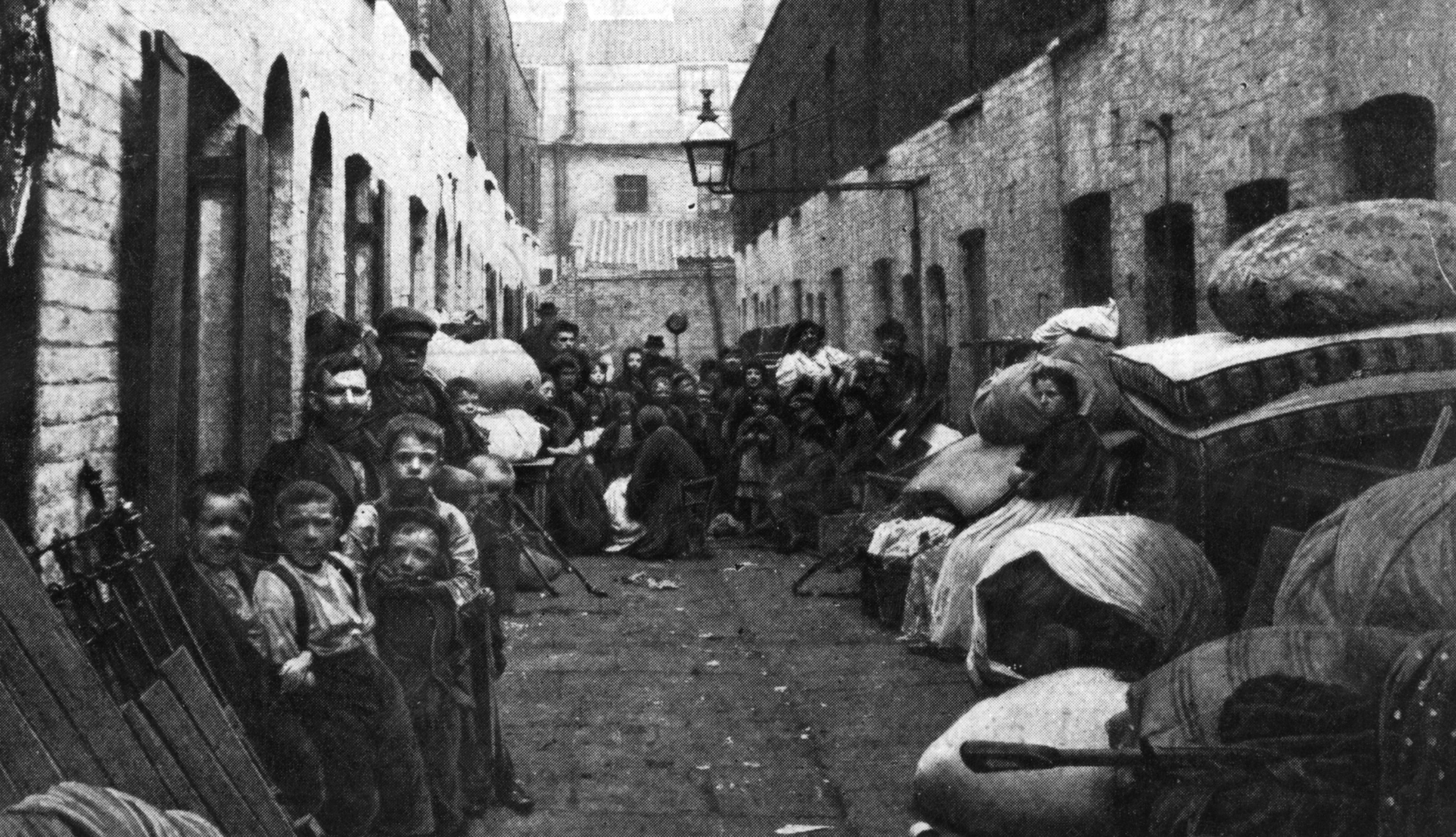
By 1840 the Industrial Revolution had swept through London and changed it entirely. Massive factories burned coal in extreme amounts, releasing sulfur dioxide (SO₂) and particulates into the air. The coal and metal industries were now also dumping acidic waste, heavy metals, and dyes into the Thames.
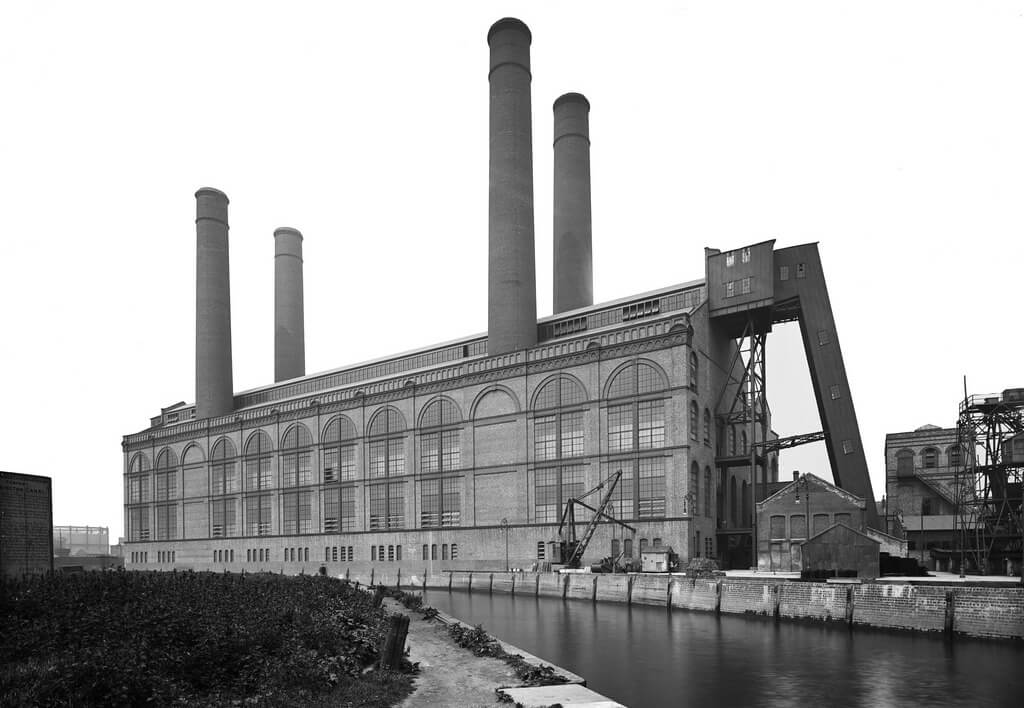
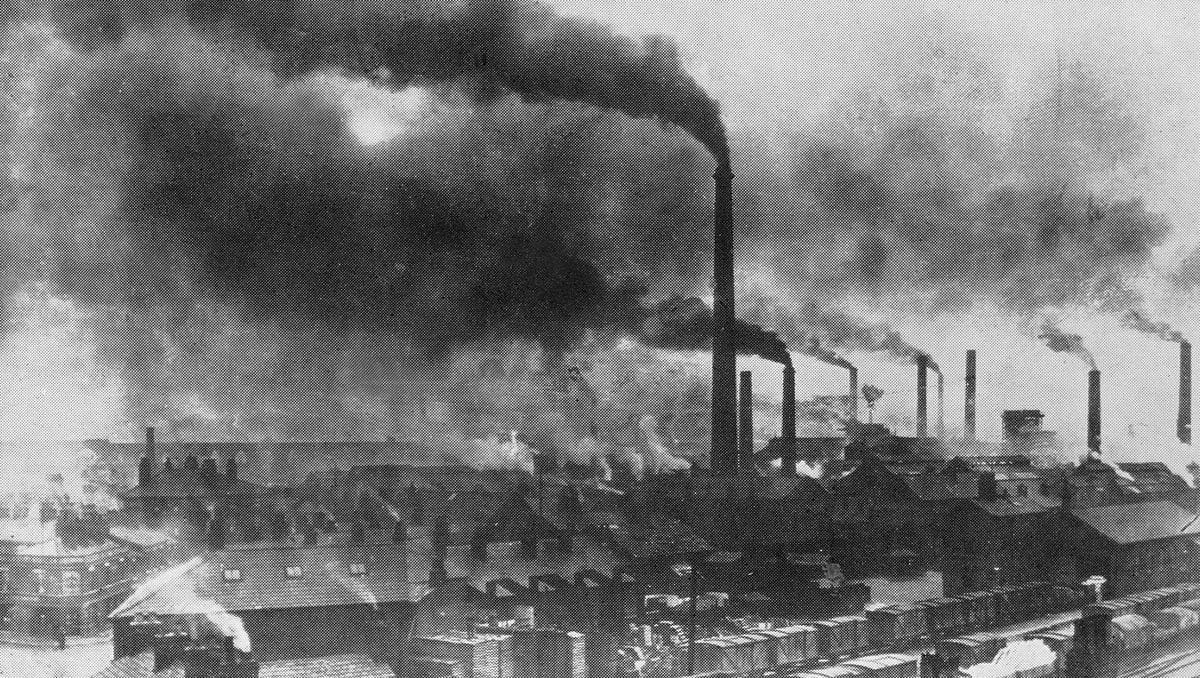
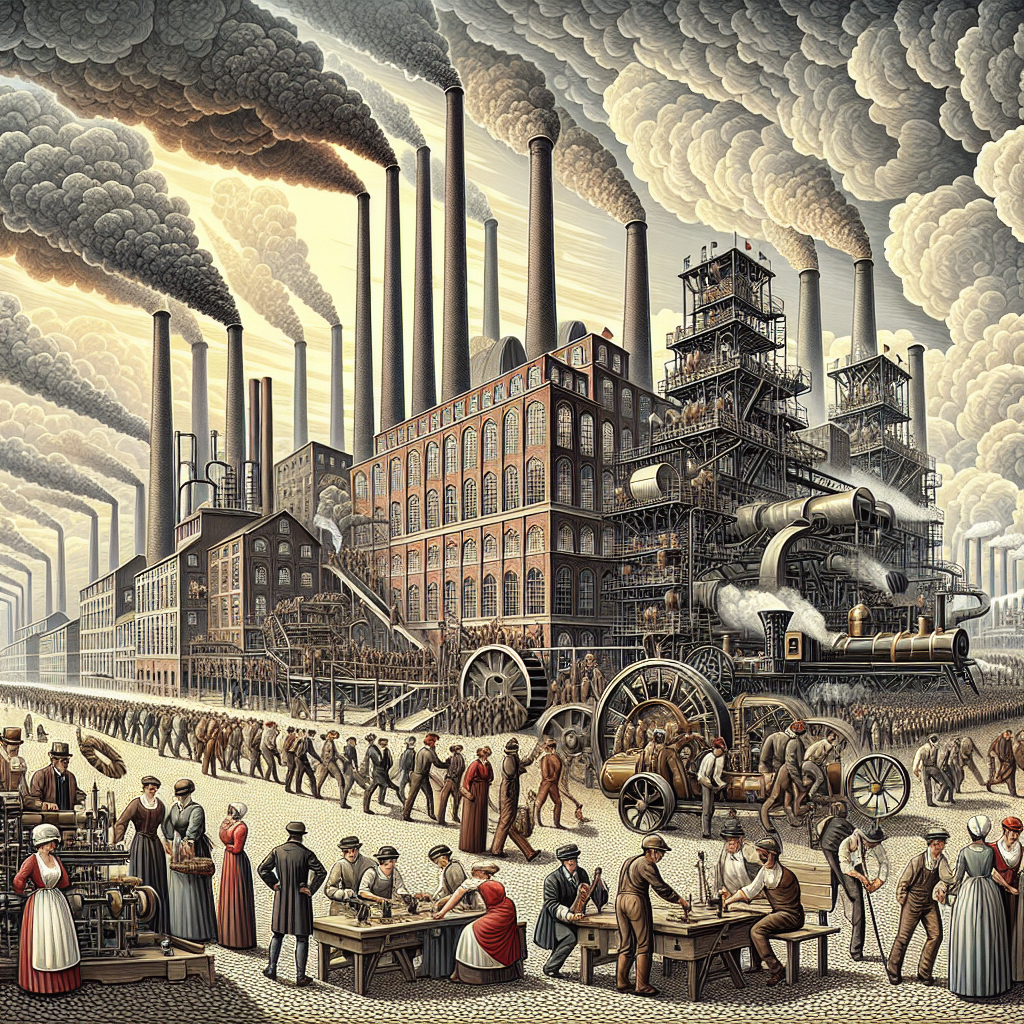
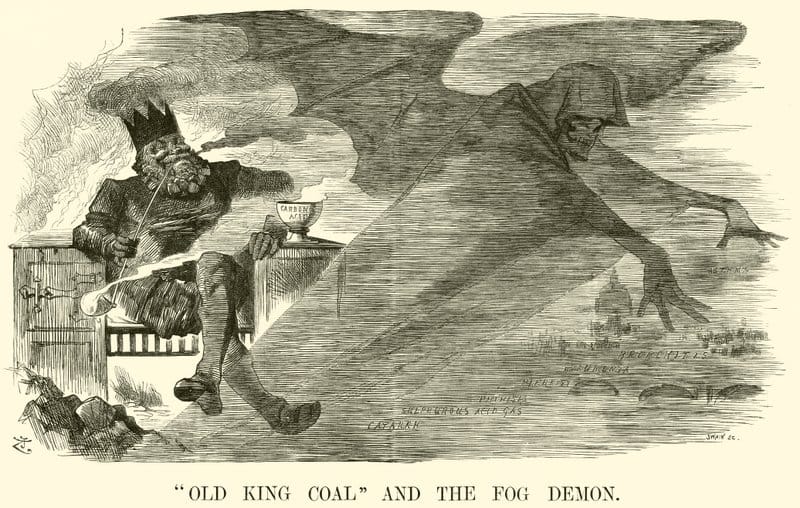
The city now had slums, where poor workers lived in great numbers in extremely tight quarters. Imagine living 6 people to less than 100 square feet – with no running water or plumbing.

It's no wonder that in 1854, a major cholera outbreak occurred in the city and created a great crisis, killing 10,000 citizens
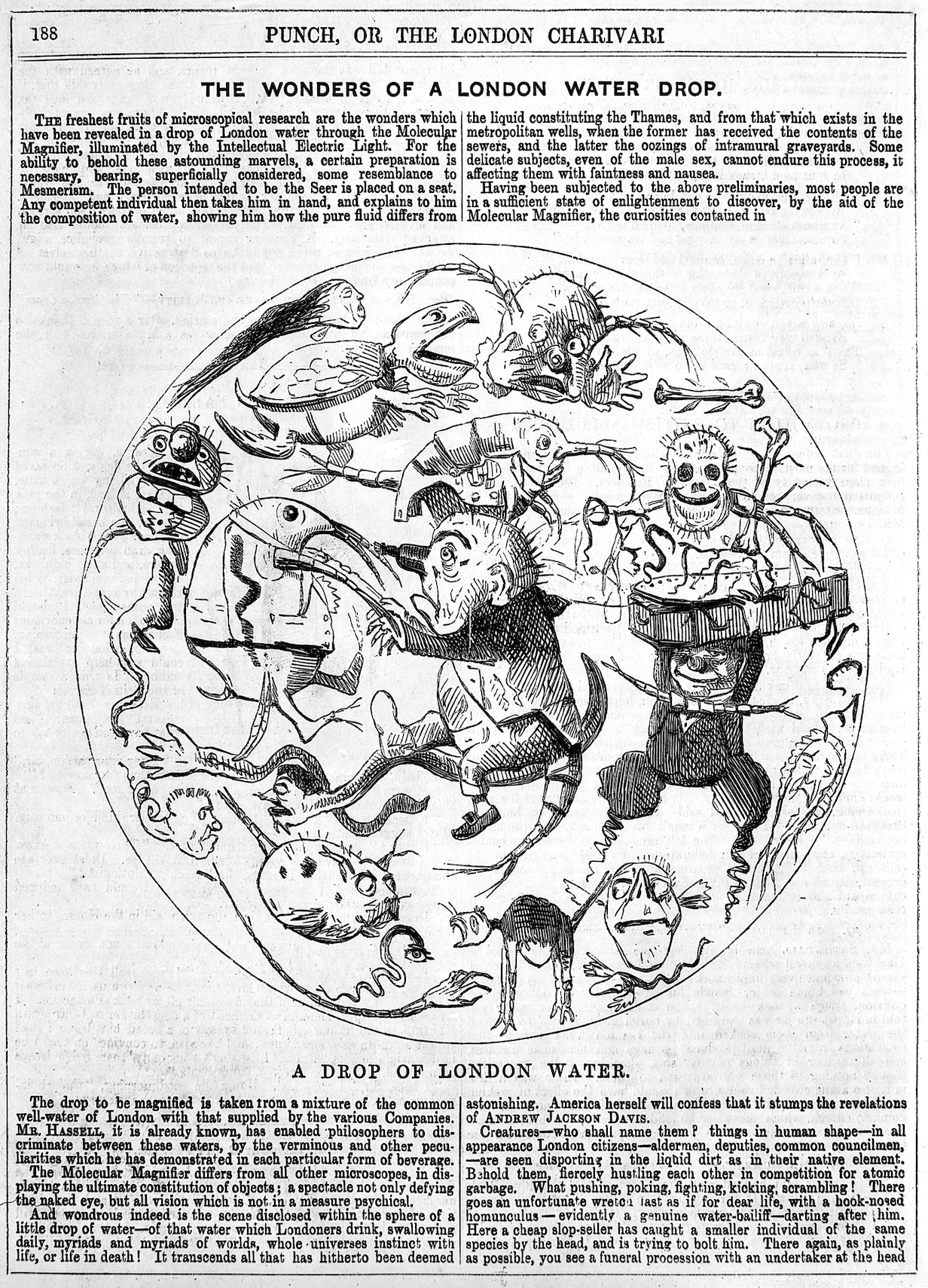
July and August of 1858 the temperatures in London reached 118 degrees F. The water began to evaporate out of the river, and the stink of the all the cities' poo stunk the town like death.

From 1864 to 1874, "father of modern sanitary sewer", Joseph Bazalgette, worked to construct the first organized sewage system that allowed all waste to flow out of the city and away from the people.


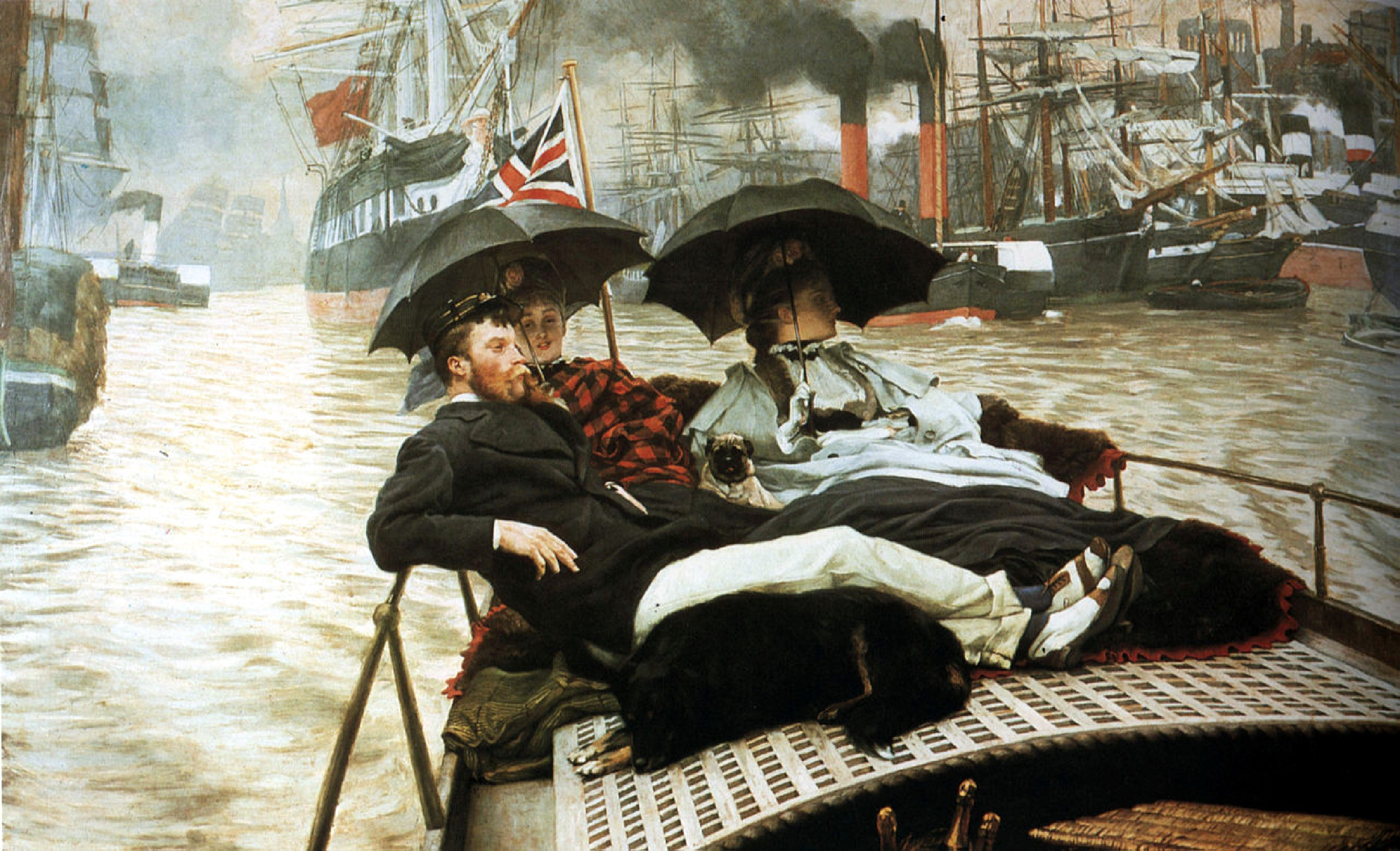








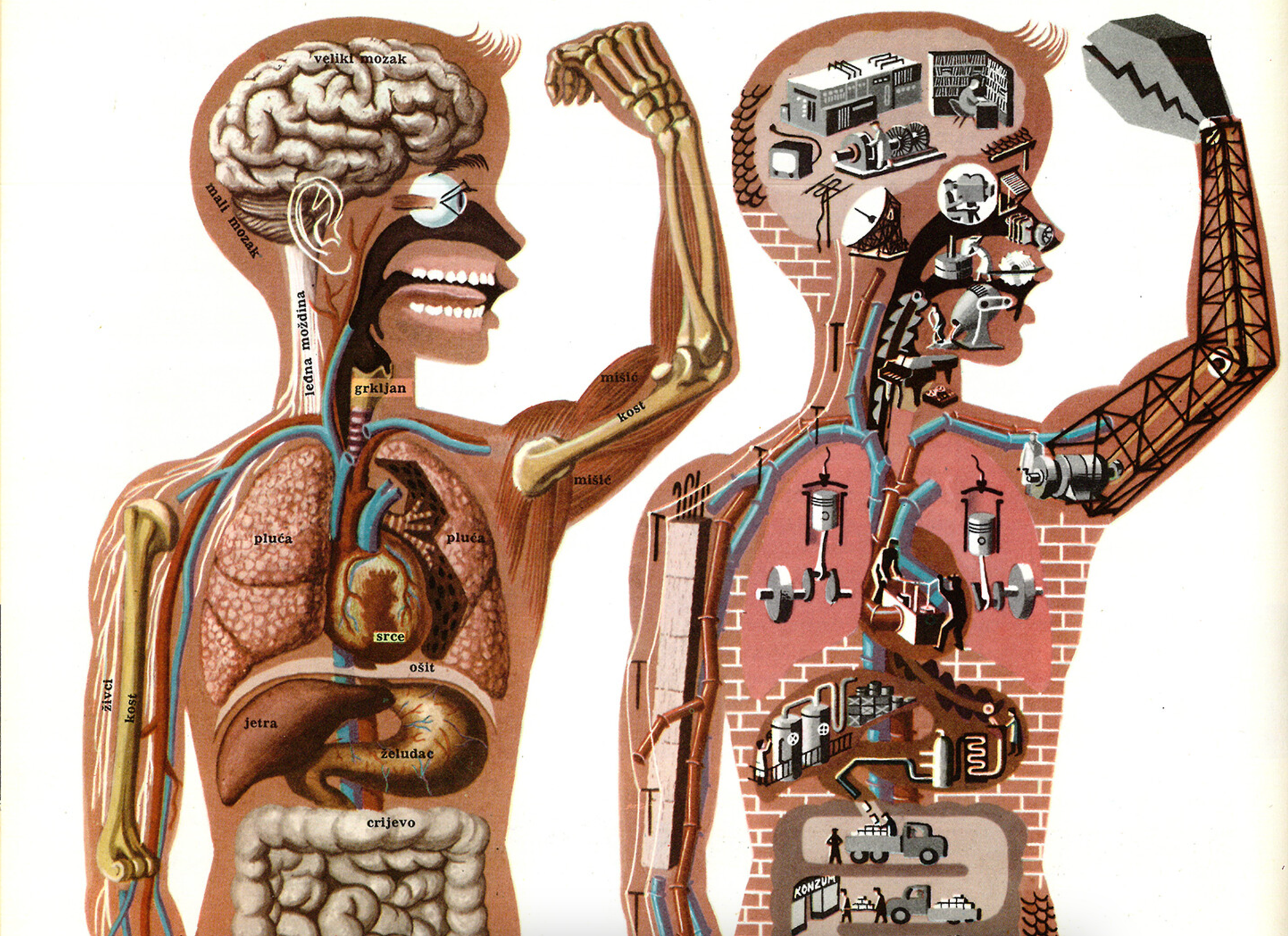

Discussion